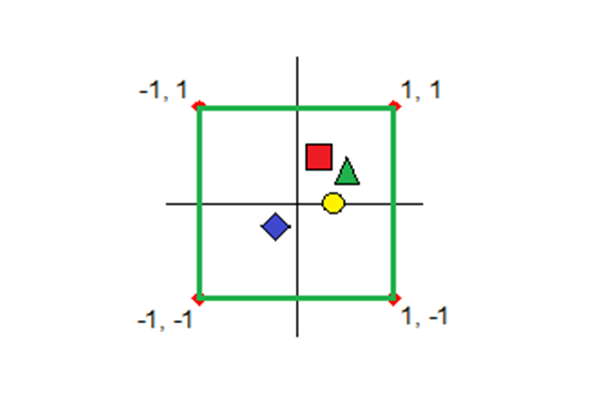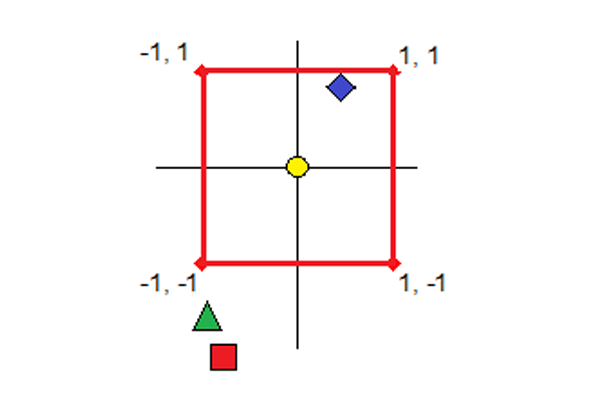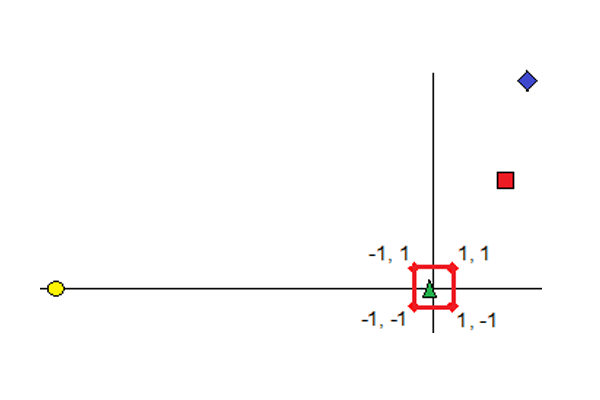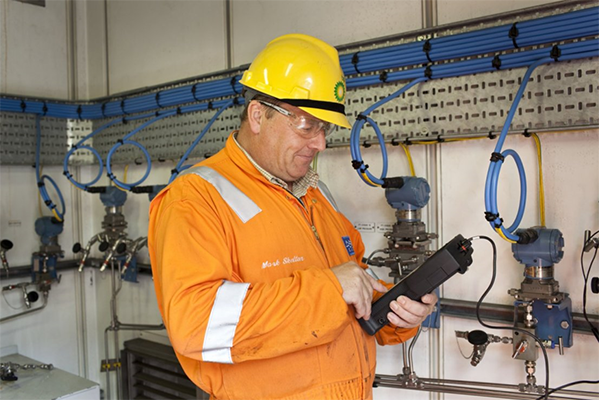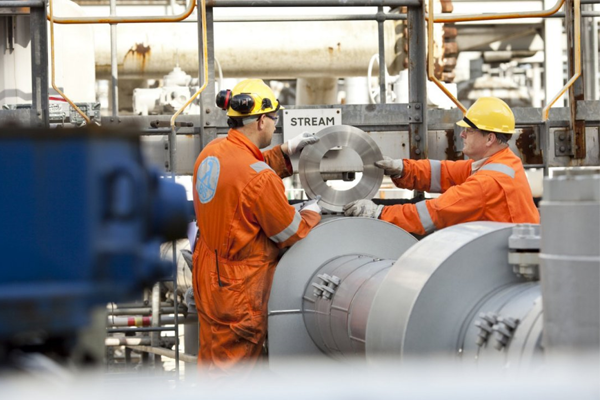
1-970-686-2189
info@dpdiagnostics.com

Windsor, Colorado
United States

08:00AM - 05:00PM
Monday to Friday
+1(123) 456 567
support@copious.com
Manhattan Hall,
Copious Melbourne, New Yourk
08:00 - 16:30
Monday to Saturday
+1(123) 456 567
support@copious.com
Manhattan Hall,
Copious Melbourne, New Yourk
08:00AM - 05:00PM
Monday to Saturday

